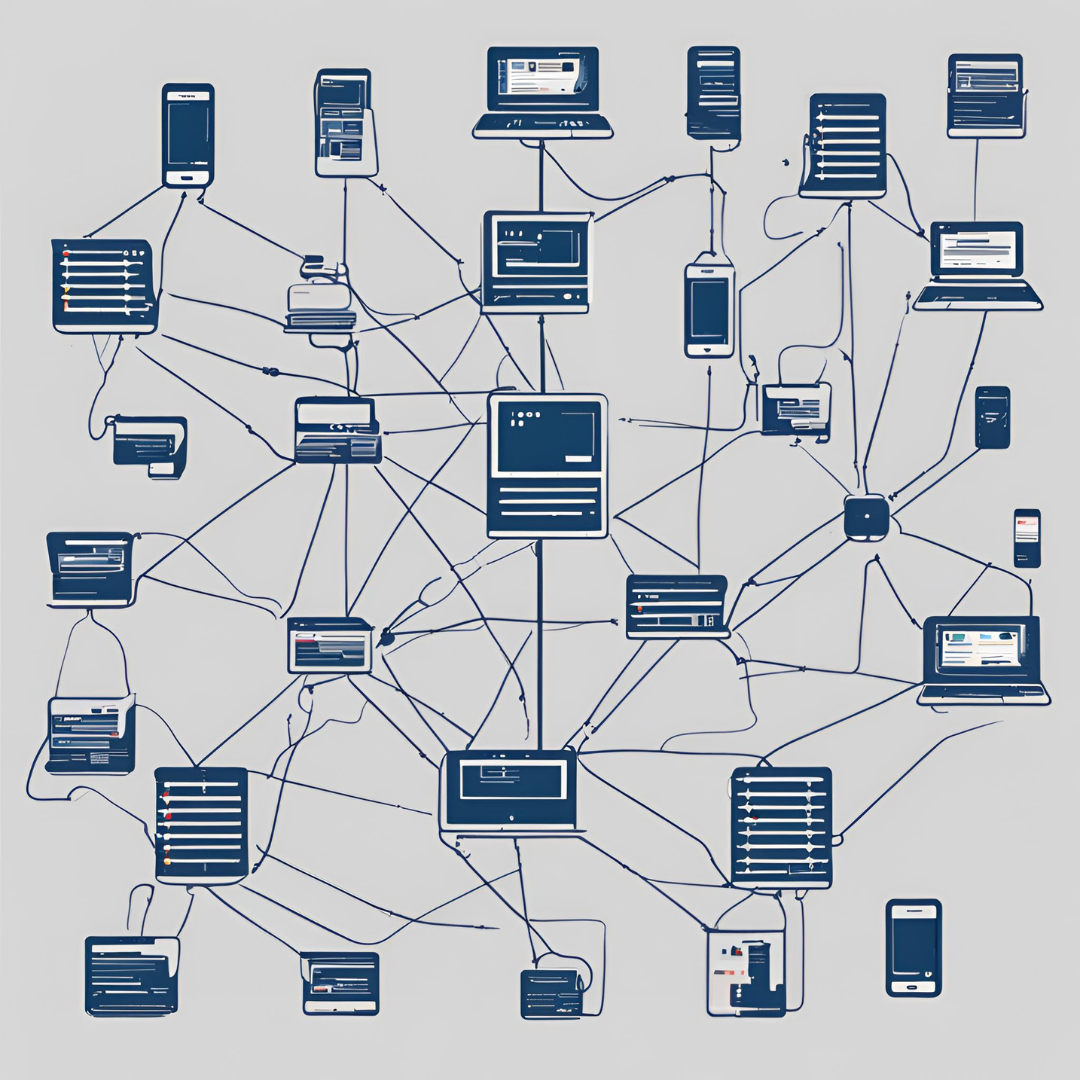Effective communication can make the difference between maintaining connections and destroying trust during difficult circumstances. How businesses react and communicate during a natural disaster, business emergency, or worldwide epidemic is critical. Email is a vital tool for crisis management because it's a direct and intimate means of contact. This blog examines the essential elements of email-based crisis communication, providing tactics and industry best practices for sending timely, concise, and sympathetic communications during crucial times.
1. Importance of Crisis Communication
The practice of distributing information to lessen the impact of a crisis on people and organizations is known as crisis communication. In these kinds of situations, effective communication aids in:
-
Provide clarity: In times of crisis, people rely on precise information to help them make wise judgments.
-
Control rumors and misinformation: False information can be stopped from spreading by prompt communication.
-
Maintain trust: Public impression of a firm is frequently shaped by its communication tactics during a crisis.
-
Demonstrate empathy: Taking up the emotional effects of a crisis facilitates a closer relationship with the audience.
1.1 The Role of Email in Crisis Communication
Emails offer several advantages in a crisis scenario:
-
Direct communication: Email enables direct, middle-man-free contact with stakeholders, workers, and clients.
-
Wide reach: Email guarantees that your communication reaches the intended recipient regardless of geographic distance because to its global accessibility.
-
Personalization: Email provides the ability to customize messages according to audience segmentation, enabling a more sympathetic and relevant approach.
-
Timeliness: Emails may be written, authorized, and distributed fast, giving your audience access to updates instantly.
Key Points:
-
Email ensures direct and personalized crisis communication.
-
It provides timely updates and controls misinformation.
-
Empathy and clarity in email can help maintain trust.
2. Crafting Crisis Emails: Key Components
It matters a lot how you write an email during a crisis. These are the essential components of a successful email crisis communication plan.
2.1 Clear and Concise Subject Line
As the first thing recipients see, the subject line has a big impact on whether or not they choose to open the email. In an emergency, the subject line ought to:
-
Be direct: Put an emphasis on the email's importance (for example, "Urgent Update on Service Outage").
-
Avoid clickbait: Ignorance or deceptive headlines have the power to incite fear.
-
Reflect the situation: Clearly state what is being said (e.g., "COVID-19 Response: Important Updates").
2.2 Empathetic and Reassuring Tone
Since crises frequently cause intense emotions, it's critical to be understanding and empathetic. The email's tone need to indicate:
-
Sensitivity: Recognize the impact the crisis may have had on recipients' physical or mental well-being.
-
Support: When assistance is required, extend it and offer resources (such as customer support lines or mental health resources).
-
Reassurance: Inform your audience of the actions being done to address the situation.
2.3 Accurate and Timely Information
In a crisis, factual and timely updates are vital. Ensure that your email provides:
-
Verified information: Don't share any rumors or unconfirmed information—just the facts.
-
Current status: Notify recipients of any immediate developments that may impact them as well as the present state of affairs.
-
Future updates: Inform the audience where more information can be found or when they should expect more updates.
2.4 Clear Call to Action (CTA)
Depending on the nature of the crisis, a call to action may be necessary. Examples include:
-
"Visit our status page for updates": Point clients toward the most recent updates.
-
"Contact customer support for assistance": Provide support contact information for personalized help.
-
"Follow safety guidelines": Encourage recipients to follow necessary precautions or instructions.
2.5 Contact Information and Resources
Make sure the recipients understand how to contact you if they need additional help. This could consist of:
-
Contact email: Give a separate email account for communicating during a crisis.
-
Phone number: Provide a phone number in case of urgent questions.
-
Website links: Provide links to pertinent pages, including help or FAQ sections.
Key Points:
-
Keep the subject line clear and relevant.
-
Maintain an empathetic tone while sharing accurate information.
-
Provide actionable steps and contact details for further support.
3. Types of Crises and How to Respond via Email
Various crises call for different approaches to communication. These are typical situations that call for email correspondence, along with advice on how to resolve them.
3.1 Natural Disasters
Widespread interruptions can result from natural disasters like hurricanes, earthquakes, and wildfires. In these situations, emails should center on:
-
Safety: Make sure that all of your stakeholders—including staff and clients—are safe.
-
Business Continuity: Inform customers of any service or operational interruptions, and describe the actions being done to get things back to normal.
-
Support Resources: Provide help, such other methods to reach you or ways to use services from a distance.
3.2 Health Emergencies (e.g., COVID-19)
Health emergencies frequently inspire doubt and fear. Businesses had to quickly modify their communication tactics during the COVID-19 outbreak. Important points to consider are as follows:
-
Health and Safety Measures: Tell clients and staff about the safety precautions your company is taking (e.g., sanitization procedures, policies for remote work).
-
Operational Adjustments: Any modifications to business operations, including extended working hours or remote service delivery, should be communicated.
-
Community Support: Emphasize the ways in which your business is supporting the community or providing assistance during the medical emergency.
3.3 Product Recalls or Service Outages
The main objective is to lessen the negative effects on customers when a product failure or service interruption happens. Your email ought to:
-
Apologize: Acknowledge the issue and take responsibility.
-
Explain the Cause: Provide a brief explanation of the problem without going into excessive technical details.
-
Offer a Solution: Outline the steps being taken to rectify the situation, and if applicable, provide a timeline for resolution.
3.4 Corporate Scandals or Legal Issues
Transparency is crucial whether it comes to legal issues or corporate scandals. Your email ought to:
-
Address the Issue Directly: Keep your remarks specific and elucidate what has transpired.
-
Reassure Stakeholders: Communicate any corrective actions being taken to resolve the situation.
-
Show Accountability: Demonstrate that the company is taking responsibility and working toward a solution.
Key Points:
-
Tailor emails to the specific crisis, focusing on safety, transparency, and corrective actions.
-
Provide clear solutions and keep communication lines open for support.
Conclusion
Email is essential for crisis communication because it provides a quick and easy means of reaching out to your audience in an emergency. Email helps businesses navigate crises while upholding openness and trust. It can be used for anything from segmenting your audience to drafting compassionate and clear communications to sustaining post-crisis follow-up. You can make sure that your email communication is efficient, timely, and sensitive by using the techniques described in this blog, which will enable your company to confidently handle crises.





Leave a Reply